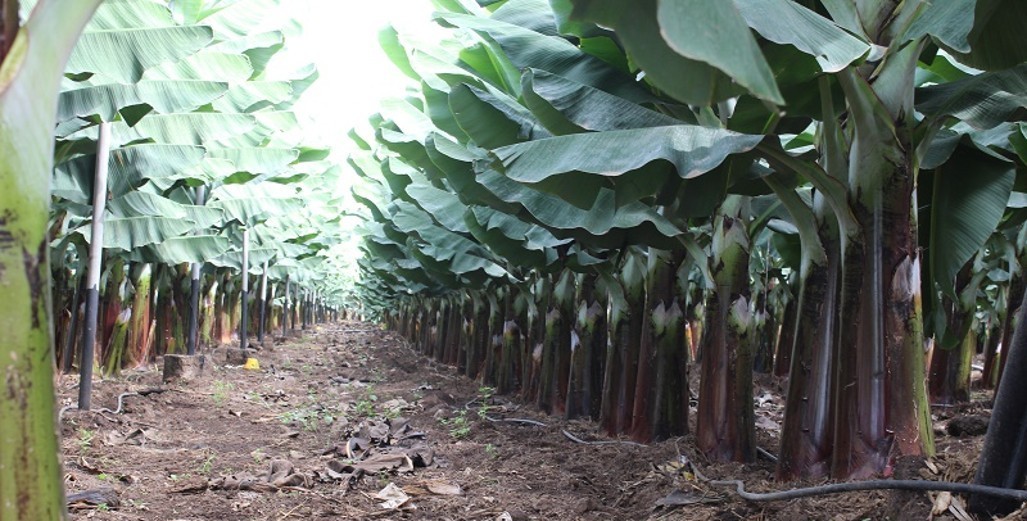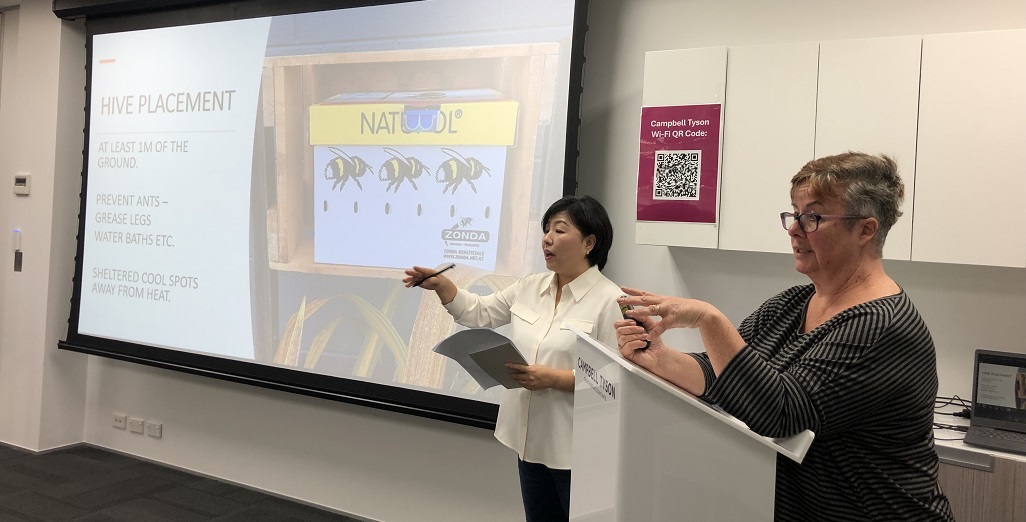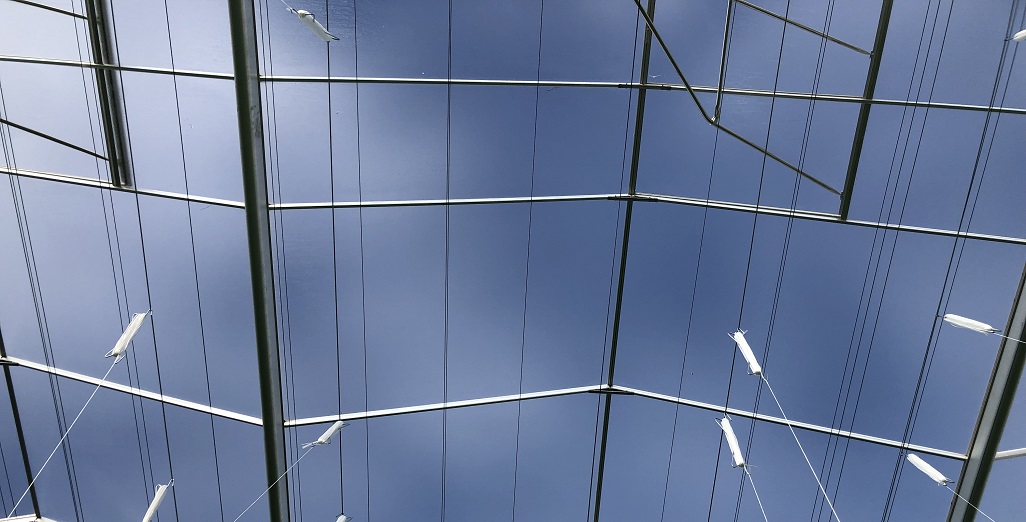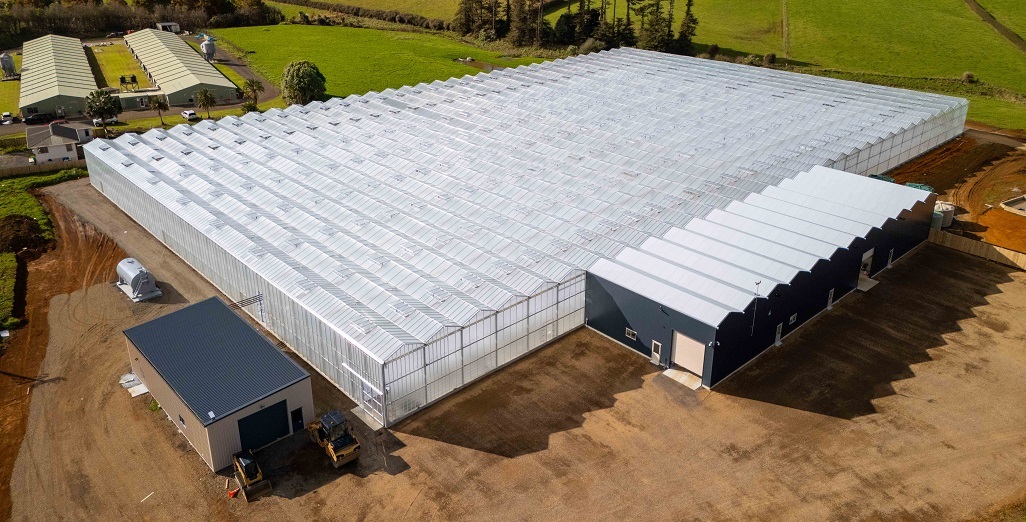Sign up here to subscribe to the Grower2grower Ezine. Every two weeks you will receive new articles, specific to the protected cropping industry, informing you of industry news and events straight to your inbox.
Mar 2021
Biosecurity

A Two Edged Sword
By Dr Mike Nichols
Visitors to Nelson should pay a brief visit to the old wharf, where the names of the ships which brought the early European settlers are listed, along with the names of the passengers and of the plants and animals that they brought with them. Not surprisingly there is no mention of biosecurity!!! The same can also be said for the initial settlers to Aotearoa nearly 800 years ago. All we know is that they brought with them kumara, taro, yams, seeds of bottle gourd, tī aute (paper mulberry) – and dogs and rats. Unfortunately, many of the plants they brought did not survive the sea voyage or succumbed to the harsher New Zealand climate compared with tropical Hawaiki.
In 1958 when I first arrived in New Zealand by air from Sydney I cannot recall any biosecurity, which in retrospect should have been present as on the same plane were the Wallaby Rugby team, whose boots I am sure would have soil on them!!!
Things have changed over the years and biosecurity has now become an important part of entering New Zealand.
It is, however, a two-edged sword, because if we make it too difficult to import plants (or animals), we may well be reducing the potential for enhanced economic activity by reducing our ability to import potentially valuable genetics, and thus reduce the potential to produce crops with enhanced productivity, and thus increase our ability to export fresh horticultural products to other countries.
For example, currently it is virtually impossible to import new varieties of fruit because of the limited biosecurity facilities available to ensure that the material is free from any potential pathogens, and then (of course) there is the cost.
Of course, New Zealand owes its ability to export fresh fruit and vegetables with minimal paperwork to many countries because of our freedom from a range of pathogens which are present in many countries with whom we compete. The classic example is fruit fly (specifically Mediterranean fruit fly (Ceratitis capitata,), Queensland fruit fly (Bactrocera tryoni) and the Spotted Wing Drosophila (SWD) (Drosophila suzukii), are examples, but there are many others.
No one would suggest that we should reduce our vigilance at the border, but there is a need to make more biosecurity space available if we are to remain competitive with our horticultural exports. This summer provides a good example. The unseasonable heavy rains in Central Otago by all reports, decimated the export cherry crop. Global warming is predicted to result in extreme weather conditions, so perhaps this was not entirely unexpected. Few growers however have established “rain shelter” greenhouses, and in any case the range of dwarfing cherry rootstocks in New Zealand is (I understand) limited to 2 of the Gisella lines), even though there are many others in Europe.
I can recall that up to the 1950’s almost all of the apples grown in New Zealand used Northern Spy as the rootstock. We now use a range of specifically developed rootstocks which were imported (mainly by DSIR) at about that time and became commercial after several years of field trials.
Clearly if the cherry industry is to develop, then we need to examine the productivity that other dwarfing rootstocks can achieve. In any case we know that harvesting from ladders is nearly 3 times as expensive as from the ground, so not even considering the global warming risk, it makes good economic sense to grow dwarf trees.
I recently visited Northland to look at tropical fruit production and was very impressed with the potential assuming that global warming raises average temperatures by 2 or 3 degrees, and that suitable production systems can be developed within high plastic tunnels.
We import a range of recently harvested tropical fruit, but these are a potential source of a range of pathogens (particularly pests) which could spread onto other crops, and could have major implications for our two major export fruits, apples and kiwifruit.
Growing tropical fruits in New Zealand would most probably involve higher retail prices, because it is difficult to compare $US2 a day wages with New Zealand’s $US14/hour labour costs, but better-quality fruit and a local component should be helpful.
Mango is one fruit which comes to mind, but this is difficult to grow under tunnels because the tress grow too large. However dwarfing rootstocks might be the solution, and these already exist in Australia (see photo). It is “simply” a question of importing the dwarfing rootstock
There is already considerable interest in producing bananas in Northland, Gisborne (and more recently in Hawkes Bay). Of course there may well be difficulties in developing a more inclusive New Zealand horticultural industry, but this is really no different from Australia's policy, where banana imports are forbidden, and quarantine measures limit the importation of apples from New Zealand.
New Zealand has a tremendous worldwide reputation for its apple and kiwifruit breeding programmes. For a small country it punches well above its weight, but it will always have to rely on the breeding programmes of other countries for improved genetics of less important crops. It is therefore important to have adequate resources to enable these to be imported safely (from a biosecurity viewpoint) but easily into the country.
Equally important is the correct selection of which genetics to import, as there is a significant cost involved in biosecurity. Strawberries are a good example of this. Almost all of the varieties grown in New Zealand are from the USA, mainly bred in California. There is no argument that the University of California are excellent breeders of strawberries, but they are developed for Californian conditions, which can best be described as having a Mediterranean climate. They have also been selected for outdoor production. New Zealand does not have a Mediterranean climate and is trending towards greenhouse production of strawberries. There are excellent strawberry varieties developed in Europe for greenhouse production, and yet these are virtually untested in New Zealand.
In the end it is as the title suggested is a two-edged sword, because for total biosecurity safety we should never import any produce, but then other countries would respond in a similar manner, and we would be unable to export anything.
Above image: Dwarf mangoes in North Queensland
.jpg)
Above image: high density protected banana production
_-_Copy.jpg)
Above: Mike has been a contributor to this recently published book you may be interested in purchasing called – Advances in horticulture soilless culture
I appreciate your comments. Please feel free to comment below or on the grower2grower Facebook page:
CLASSIFIED
Subscribe to our E-Zine
More
From This Category

Tomato grower applies Tobre after contamination

KWS inaugurates new R&D facility in Uberlândia, Brazil

John van Santen joins the management of Metazet

Workshop for Auckland’s Korean tomato growers held last week

Could the Global Boom in Greenhouses Help Cool the Planet?

























